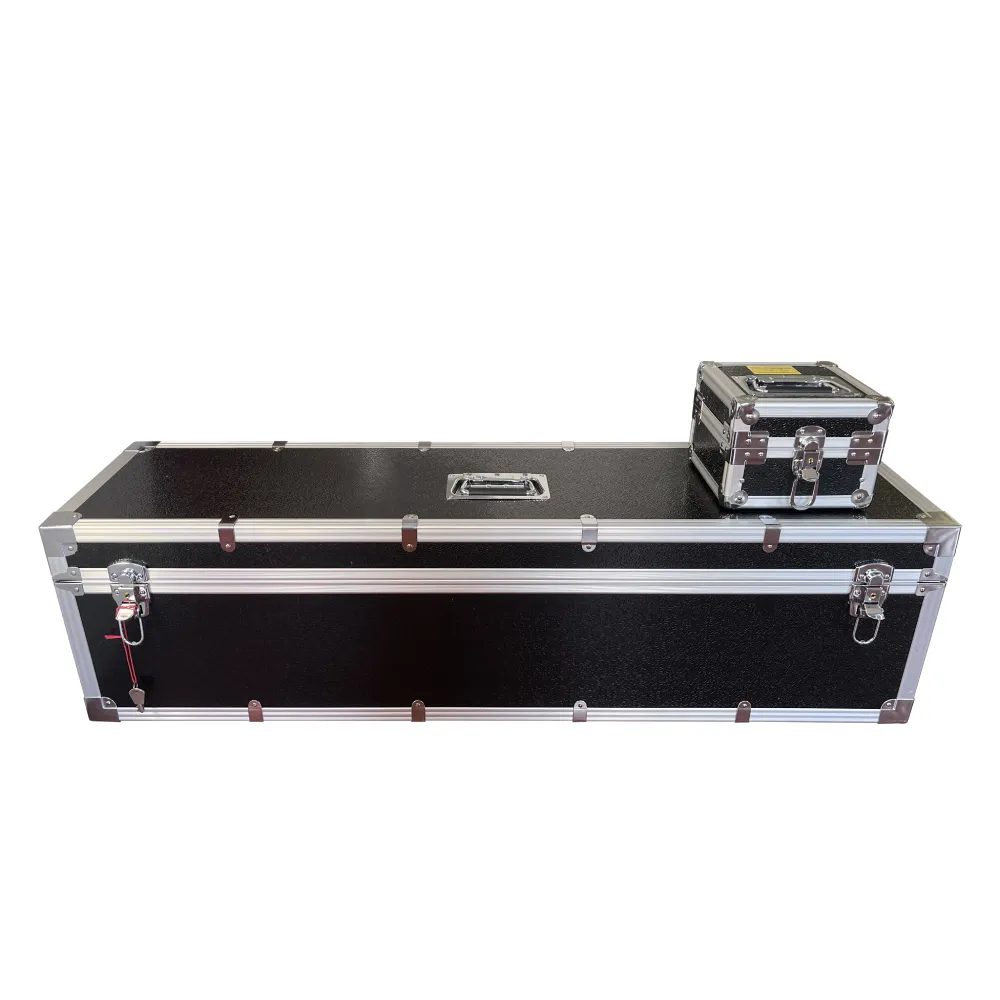 English
English


Applications and Techniques in Gas Chromatography Mass Spectrometry for Analytical Chemistry
The Role of Gas Chromatography-Mass Spectrometry (GC-MS) in Modern Analytical Chemistry
Gas Chromatography-Mass Spectrometry (GC-MS) is a powerful analytical technique that combines the features of gas chromatography and mass spectrometry to identify and quantify compounds in a mixture. It has become an essential tool in various fields, including environmental analysis, pharmaceuticals, forensic science, and food safety.
Principles of GC-MS
The process begins with gas chromatography, in which a sample is vaporized and transported through a column packed with a stationary phase. As the sample moves through the column, different components separate based on their volatility and interaction with the coating of the column. The result is a series of distinct compounds eluted over time, producing a chromatogram that depicts the concentration of each compound as a function of time.
Once the individual compounds exit the chromatographic column, they are directed into the mass spectrometer. Here, the compounds are ionized, typically through electron impact or chemical ionization, and fragmented into charged ions. The mass spectrometer then measures the mass-to-charge ratio of these ions, allowing for the identification of the compounds based on their unique mass spectra. By comparing the obtained mass spectra with those in a database, analysts can determine the identity of the compounds present in the sample.
Applications of GC-MS
GC-MS has a wide range of applications across numerous industries. In environmental science, it is instrumental in detecting pollutants and contaminants in air, water, and soil. For example, GC-MS can be used to analyze volatile organic compounds (VOCs) emitted from industrial processes or released from hazardous waste sites, aiding in monitoring and regulatory compliance.
In pharmaceutical development, GC-MS plays a crucial role in drug testing and quality control. It helps in identifying active pharmaceutical ingredients, assessing purity, and quantifying residual solvents. This reliability ensures that medications meet safety standards before reaching consumers.
Forensic science also heavily relies on GC-MS for evidence analysis, particularly in toxicology. The technique is utilized to identify drugs and poisons in biological samples, such as blood or urine, providing vital information during investigations.
gas chromatography mass spectrometry gc ms

In the food industry, GC-MS is employed to ensure food safety and quality. It is used to detect pesticides, food additives, and contaminants, ensuring that products conform to regulatory standards and are safe for consumption. Additionally, it can help in flavor profiling and authenticity testing, guarding against food fraud.
Advantages of GC-MS
The popularity of GC-MS is due to several advantages. Firstly, it offers high sensitivity and specificity, allowing for the detection of trace levels of substances. Furthermore, the combination of gas chromatography and mass spectrometry provides a wealth of data, including structural information about the compounds.
Additionally, GC-MS is a relatively quick method, yielding results in a shorter timeframe compared to other analytical techniques, which is crucial in contexts like forensic analysis where timely results are essential.
Challenges and Future Directions
Despite its many advantages, GC-MS does come with challenges. Sample preparation can be time-consuming, and the technique is primarily limited to volatile and semi-volatile compounds. Non-volatile substances may require derivatization, adding complexity to the analysis.
Looking ahead, advancements in technology may overcome some of these limitations. Innovations in ionization methods and column technology could expand the range of compounds that can be analyzed. Moreover, the integration of GC-MS with other techniques, such as liquid chromatography, may enhance its versatility and application scope.
In conclusion, Gas Chromatography-Mass Spectrometry stands as a cornerstone of modern analytical chemistry, driving advancements in various sectors by providing precise and reliable data. As technology evolves, the potential applications of GC-MS will continue to expand, further solidifying its role in scientific research and industry. With its ability to meet the demands of contemporary analytical challenges, GC-MS will remain a pivotal tool for years to come.
-
Differences between open cup flash point tester and closed cup flash point testerNewsOct.31,2024
-
The Reliable Load Tap ChangerNewsOct.23,2024
-
The Essential Guide to Hipot TestersNewsOct.23,2024
-
The Digital Insulation TesterNewsOct.23,2024
-
The Best Earth Loop Impedance Tester for SaleNewsOct.23,2024
-
Tan Delta Tester--The Essential Tool for Electrical Insulation TestingNewsOct.23,2024





